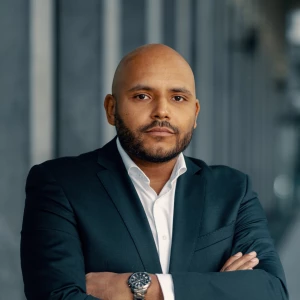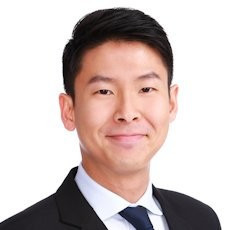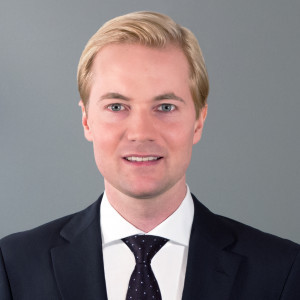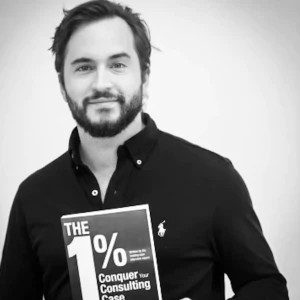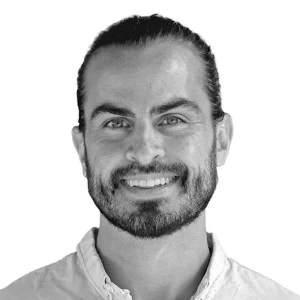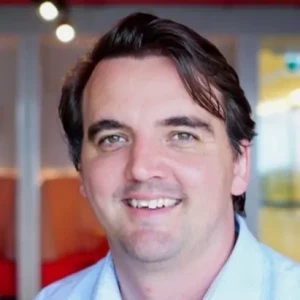I am uncertain about which MECE framework (process, conceptual, segmentation) to use in the case of decreasing customer satisfaction.
In a case my task is to answer that how a bus company would increase its customer satisfaction rate.
First of all I have to define the focus metric. Than I need to ask questions where are the pain points? The questions should be formulated in a way that follows the MECE framework, which means structuring them along the customer journey from purchasing a bus ticket to the travel itself?
2. Or I apply the MECE framework only after identifying the pain points through questions? If yes, which one?


